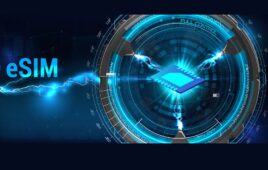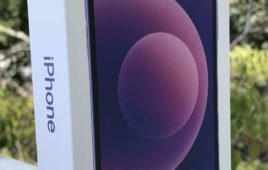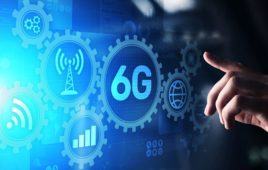Telcos these days are fighting to adapt to rapid changes in technology – not only when it comes to their networks, but in how companies reach their consumers.
To find out more about what tips and tricks telcos can steal from the likes of successful companies like Amazon and Uber, we turned to Jose Lorenzo, senior vice president of global sales and business operations at ItsOn.
Here’s what he shared:
What marketing techniques can telcos steal from the likes of Uber and Amazon? Why would they be effective on wireless customers?
Uber, Amazon, and other modern digital services succeed in real-time user interaction, service immediacy, and transactional transparency. For example, an innovative technique Uber provides is upfront pricing transparency for a trip and user consent. This concept flips the model of a typical taxi experience. This is something that carriers can adopt as well: if a transaction (say an international call or roaming abroad) is outside the customer’s current active plan subscription, carriers can show users the appropriate plans and associated pricing for services in the moment that a user needs it. This is, in essence, modern digital and contextual marketing. These techniques engage users at the moment of intent and target their customers with relevant and timely offers – a game changer for telco marketing. This approach provides the user with what is needed when they need it most, increasing the value perception and the customer satisfaction. This level of transparency and being upfront when it comes to cost and commitment is something that is severely lacking in most operator mobile experiences offered today.
What role will customizable user experiences play in the future of telecom, and why will they be important? What kinds of regulatory/privacy hurdles are there to clear there?
Telecom services have become a commodity and customer value perception has shifted to internet content and applications, rather than the connectivity itself. Recent announcements from carriers offering more gigabytes and unlimited plans demonstrate the fierce price competition between providers to win over end customers. This is eroding profit margins while dismissing the value and the opportunity to differentiate.
In this context, targeting specific audiences with more relevant, richer, and personalized user experiences becomes the only way to differentiate and to change the customer value perception.
Are there other strategies telcos can borrow from other markets? If so, what are they and how could they be applied to refresh the wireless space?
Let’s look at the banking industry, which is a bit further along in the digital transformation journey versus carriers. Many traditional in-branch experiences shifted to mobile devices because it’s the preferred interaction channel for savvy customers: cashing checks via mobile phone, mobile payments, bank transactions, digital statement, etc. These types of customer experiences were not possible prior to the early stages of the digital and mobile transformation era. Interestingly, telecoms are just starting to seriously embrace mobile as a customer engagement channel.
This more enjoyable experience empowers customers to discover, purchase, consume, and get support for the service directly on their mobile devices without having to visit any of the carrier stores or call in to the customer care service. It is leading to more effective operations and significant savings that result into lower prices for end customers and a more satisfactory customer experience.
How will the deployment of connected devices across the globe change the way services can be tailored to customers (that is, beyond shopping beacons, which we’ve all heard about already)? What new use cases might be enabled?
Cars, drones, home electronics and appliances, health monitoring devices, biochips, etc., are largely merging with consumers’ digital life. These interconnected devices are expected to offer a variety of consumer services that go beyond machine-to-machine (M2M) communications requiring user interaction and an embedded connecting system, mainly mobile SIM cards.
We foresee mobile devices becoming the remote control for the many services being provided by these digital life devices including remote control and automation of lighting, heating and air conditioning, home appliances, etc.
There is an opportunity for carriers to provide multi-device billing accounts, tailored data plans for multiple digital life devices, and bundled IoT services that complement their value proposition. Hum by Verizon, Digital Life by AT&T or T-Mobile Synch Up Drive are early examples of the kind of new offers that provide added value and tailored services to their customers.




